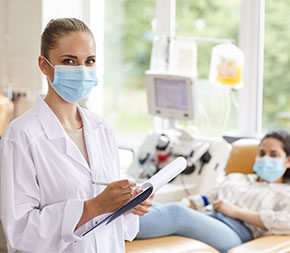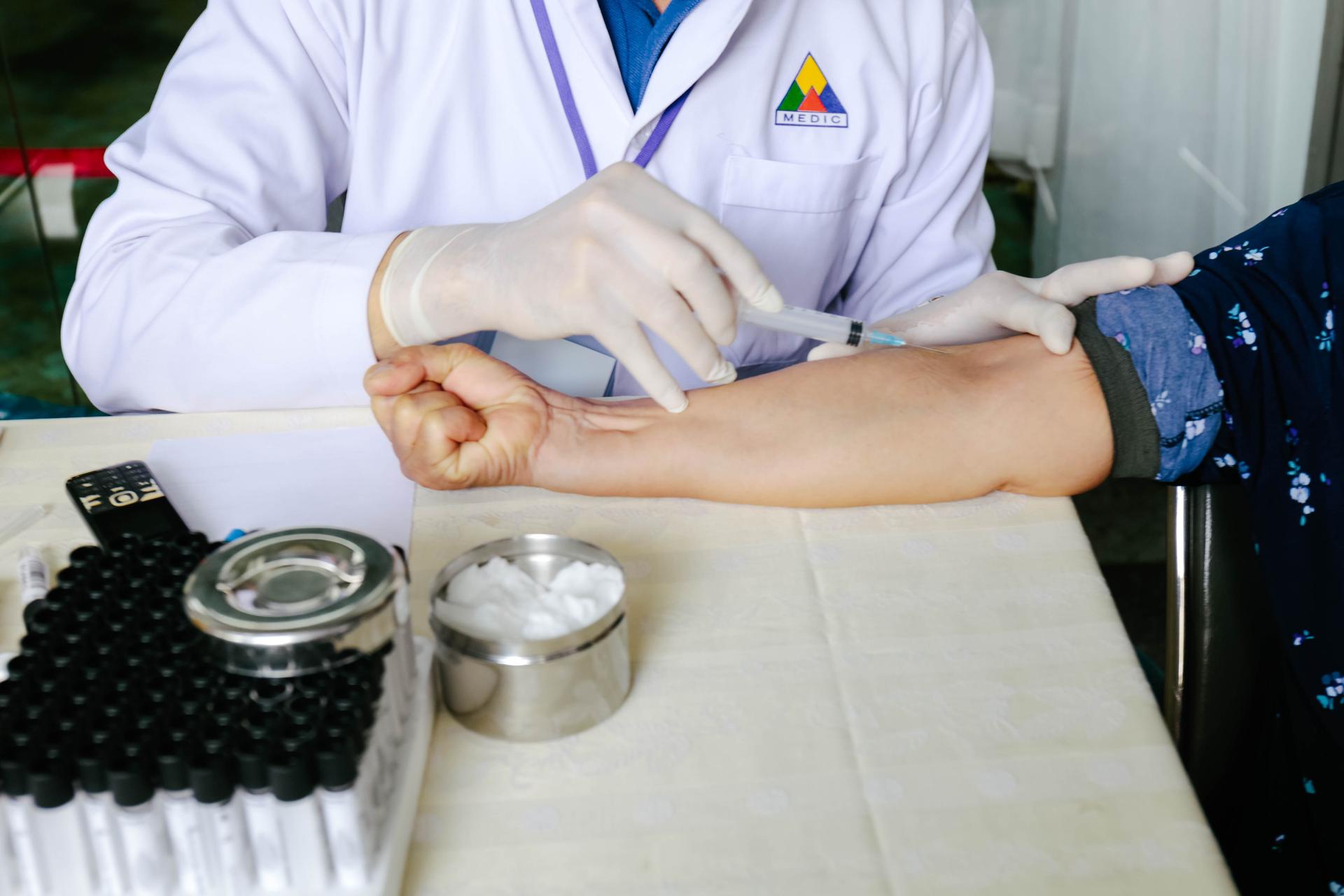About Northeast Medical Institute - New Haven Campus Phlebotomy Course & Cna Class
About Northeast Medical Institute - New Haven Campus Phlebotomy Course & Cna Class
Blog Article
Northeast Medical Institute - New Haven Campus Phlebotomy Course & Cna Class Things To Know Before You Get This
Table of ContentsNortheast Medical Institute - New Haven Campus Phlebotomy Course & Cna Class Things To Know Before You BuyEverything about Northeast Medical Institute - New Haven Campus Phlebotomy Course & Cna ClassNortheast Medical Institute - New Haven Campus Phlebotomy Course & Cna Class Can Be Fun For EveryoneThe Of Northeast Medical Institute - New Haven Campus Phlebotomy Course & Cna ClassHow Northeast Medical Institute - New Haven Campus Phlebotomy Course & Cna Class can Save You Time, Stress, and Money.The Best Guide To Northeast Medical Institute - New Haven Campus Phlebotomy Course & Cna Class
However, using such tools need to be gone along with by various other infection prevention and control methods, and training in their use. Not all safety devices apply to phlebotomy. Prior to picking a safety-engineered tool, customers must thoroughly examine offered gadgets to identify their appropriate usage, compatibility with existing phlebotomy methods, and efficiency in protecting personnel and clients (12, 33).For settings with reduced sources, cost is a driving aspect in purchase of safety-engineered tools. Where safety-engineered tools are not available, proficient usage of a needle and syringe is appropriate.
One of the necessary markers of high quality of care in phlebotomy is the participation and collaboration of the person; this is equally beneficial to both the health employee and the patient. Clear info either composed or spoken ought to be readily available to each patient that undertakes phlebotomy. Annex F provides sample text for discussing the blood-sampling procedure to a patient. In the blood-sampling room for an outpatient department or facility, provide a comfy reclining sofa with an arm remainder.
Northeast Medical Institute - New Haven Campus Phlebotomy Course & Cna Class Fundamentals Explained
Make sure that the indications for blood sampling are clearly specified, either in a created method or in recorded instructions (e.g. in a laboratory type). In all times, comply with the methods for infection avoidance and control detailed in Table 2.2. Infection prevention and control techniques. Gather all the devices required for the procedure and location it within risk-free and simple reach on a tray or trolley, making certain that all the items are plainly visible.
Where the patient is adult and conscious, adhere to the actions described below. Introduce yourself to the individual, and ask the client to specify their full name. Check that the research laboratory kind matches the patient's identification (i.e. match the person's information with the lab type, to make sure precise recognition). Ask whether the license has allergies, anxieties or has actually ever before fainted throughout previous shots or blood draws.
Make the client comfy in a supine position (when possible). Location a tidy paper or towel under the individual's arm. Go over the examination to be performed (see Annex F) and get spoken consent. The individual has a right to reject a test at any moment prior to the blood sampling, so it is essential to make sure that the patient has comprehended the treatment.
5 Simple Techniques For Northeast Medical Institute - New Haven Campus Phlebotomy Course & Cna Class
Prolong the patient's arm and check the antecubital fossa or forearm. Locate a capillary of a good dimension that shows up, straight and clear. The layout in Section 2.3, shows usual positions of the vessels, however many variations are possible. The median cubital blood vessel lies between muscles and is generally the most easy to penetrate.
DO NOT place the needle where blood vessels are diverting, because this increases the chance of a haematoma. Locating the vein will aid in determining the proper dimension of needle.
Samplings from main lines lug a threat of contamination or wrong laboratory test results. It is acceptable, but not ideal, to draw blood specimens when very first introducing an in-dwelling venous tool, prior to attaching the cannula to the intravenous fluids.
Some Ideas on Northeast Medical Institute - New Haven Campus Phlebotomy Course & Cna Class You Should Know
Failure to allow sufficient call time boosts the threat of contamination. DO NOT touch the cleansed site; in certain, DO NOT place a finger over the blood vessel to guide the shaft of the exposed needle.
Ask the client to develop a hand so the blood vessels are extra noticeable. Enter the capillary promptly at a 30 degree angle or less, and continue to introduce the needle along the blood vessel at the easiest angle of access - CNA Classes. When adequate blood has been collected, launch the tourniquet BEFORE taking out the needle
The Best Guide To Northeast Medical Institute - New Haven Campus Phlebotomy Course & Cna Class
Withdraw the needle carefully and use mild stress to the site with a tidy gauze or dry cotton-wool ball. Ask the person to hold the gauze or cotton woollen in location, with the arm extended and raised. Ask the individual NOT to flex the arm, due to the fact that doing so creates a haematoma.

The Ultimate Guide To Northeast Medical Institute - New Haven Campus Phlebotomy Course & Cna Class
Do not push the syringe bettor since added pressure raises the danger of haemolysis. Where feasible, maintain televisions in a shelf and relocate the rack in the direction of you. Infuse downwards right into the suitable coloured stopper. DO NOT get rid of the stopper since it will launch the vacuum. If the sample tube does not have a rubber stopper, inject extremely gradually into television as reducing the stress and speed made use of to transfer the specimen reduces the danger of haemolysis.

Report this page